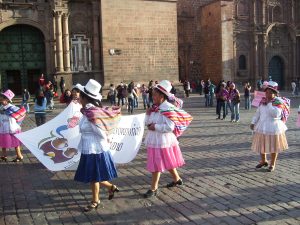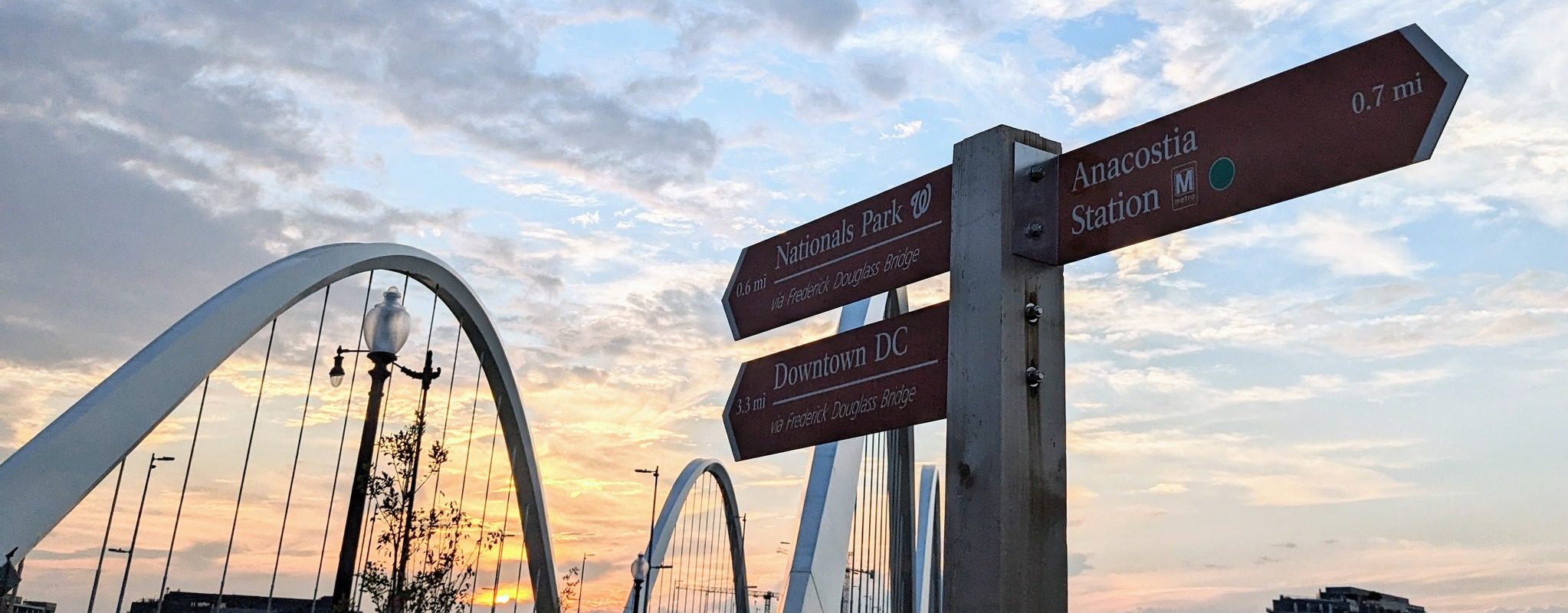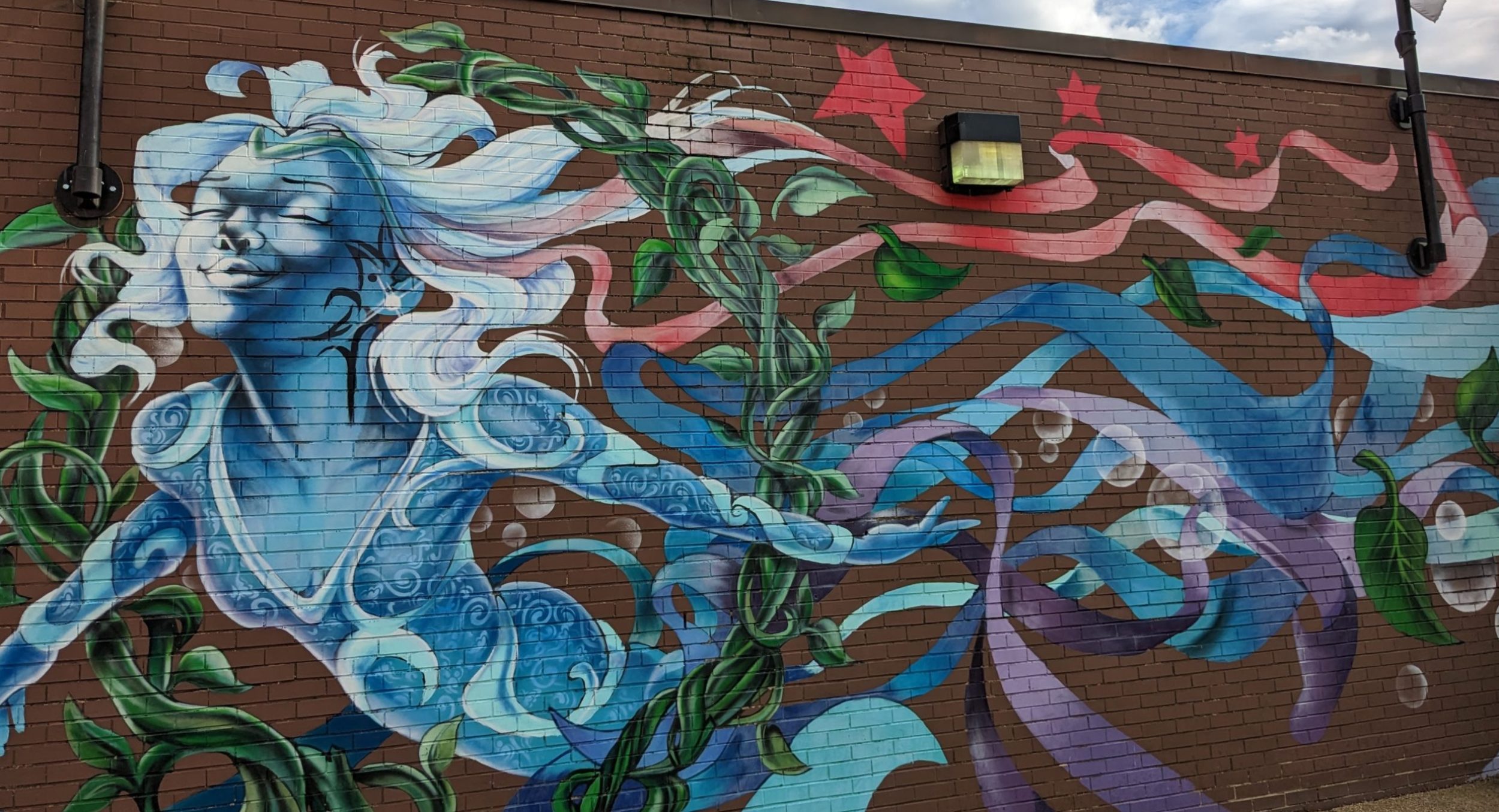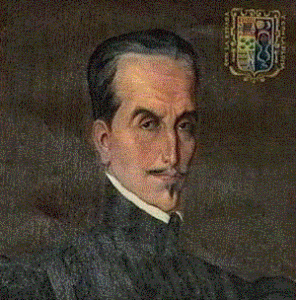 The procession shown here passed by during my first hour in Cuzco. My husband and I were having a quick lunch on a balcony overlooking the main square when we heard music and spotted the crowd. David encouraged me to run down to the square, where I took this picture and video.
The procession shown here passed by during my first hour in Cuzco. My husband and I were having a quick lunch on a balcony overlooking the main square when we heard music and spotted the crowd. David encouraged me to run down to the square, where I took this picture and video.//www.youtube.com/get_player
Cuzco’s main square is one of the prettiest I’ve seen, and I try to spend a good part of my travels hanging around plazas in the Americas. Cuzco benefited from a 16th century battle between Jesuits and the archbishop of Cuzco. The Jesuits made their church so grand that the archbishop appealed to the pope, trying to get the Jesuits to knock it off. The archbishop got the ruling he wanted from the pope, but by then, much of the work had been done on the Jesuit’s church, or so the guide books say. The cathedral is shown on the left below and the Jesuit church on the right.

Inca Capital



We saw many more marches in the main square in Cuzco, such as the one shown here. The people living near Cuzco were marching there long before the Spanish arrived in the 1530s. In one of the first histories of the Incas, Inca Garcilaso wrote about how Christian processions in Cuzco mirrored the harvest festivals held there before the Spanish arrived.


